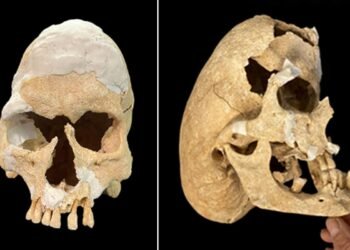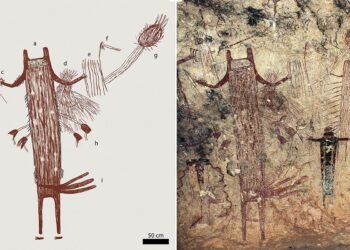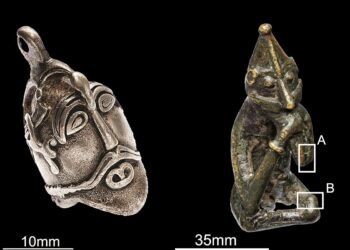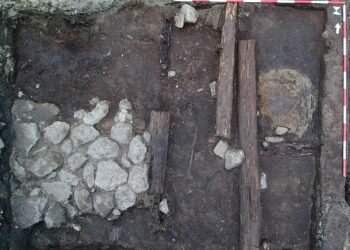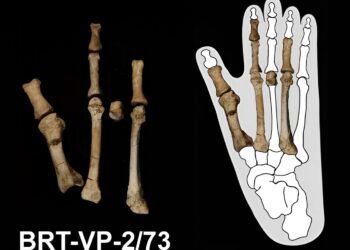In Heilbronn’s Neckargartach district located in southwestern Germany, archaeologists have found a Roman road stretching 500 meters, along with remains of a civilian settlement, a temple dedicated to the god Mercury, and a collection of artifacts. This major find gives us fresh insights into Roman infrastructure and daily life in Baden-Württemberg.

ArchaeoConnect GmbH conducted a rescue dig from May 2023 to September 2024 overseen by the State Office for Monument Preservation (LAD) in Stuttgart. This happened before the International Artificial Intelligence Campus construction began on a 30-hectare plot. At first, experts thought they’d find a Roman villa. Instead, they uncovered signs of a busy vicus—a civilian town that served as a stopover, market, and craft center.
The Roman road, about 14 meters (45 feet) wide, stretches from north to south through the site and shows drainage channels characteristic of Roman engineering. The road linked two nearby Roman camps, Böckingen and Wimpfen situated 10 kilometers (6 miles) apart along the Neckar frontier. Dr. Andrea Neth, who leads the project’s archaeology team, said, “This is the first time in Baden-Württemberg that such a long road segment, along with all its associated structures, has been thoroughly investigated.”
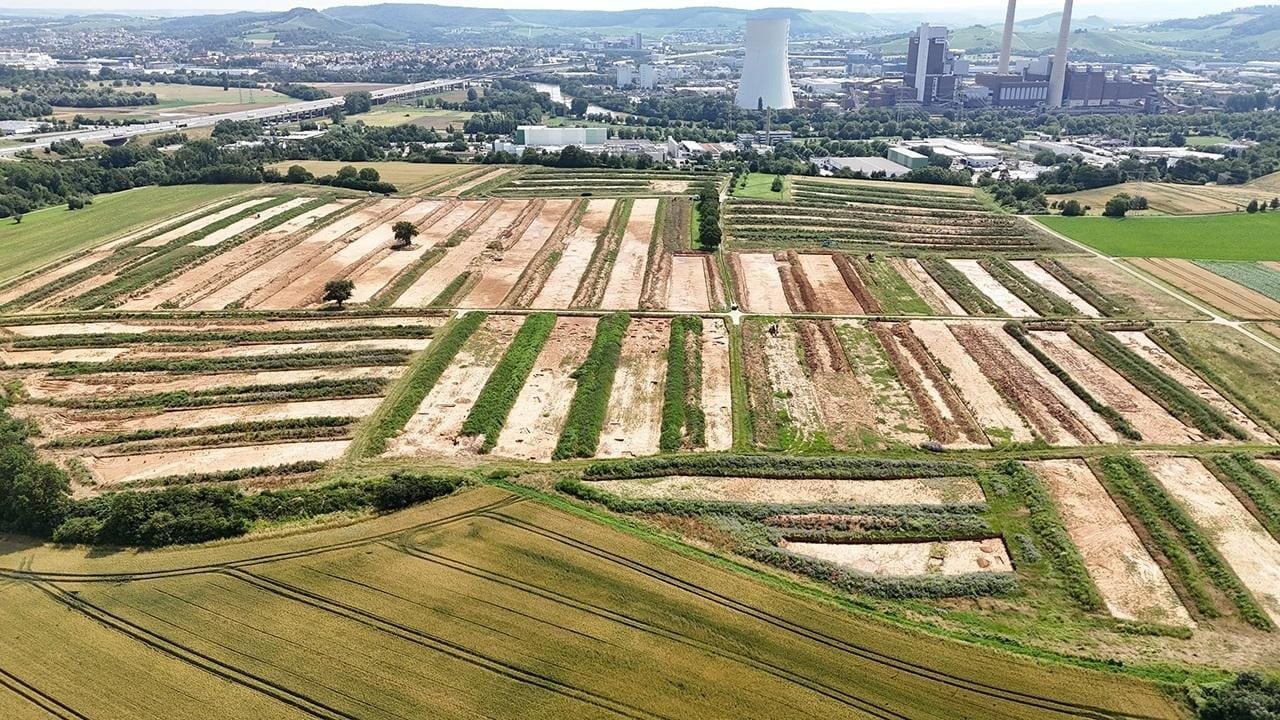
Beneath modern agricultural tracks, the roadbed was remarkably well preserved. To the west of the road, experts found remains of buildings with timber frames, some sitting on stone foundations. Intensive agricultural activity over the centuries has destroyed much of the structures, leaving only cellars made of wood or stone. The settlement included pits, a machine to dry grain, a kiln, and five deep wells that used to supply water.
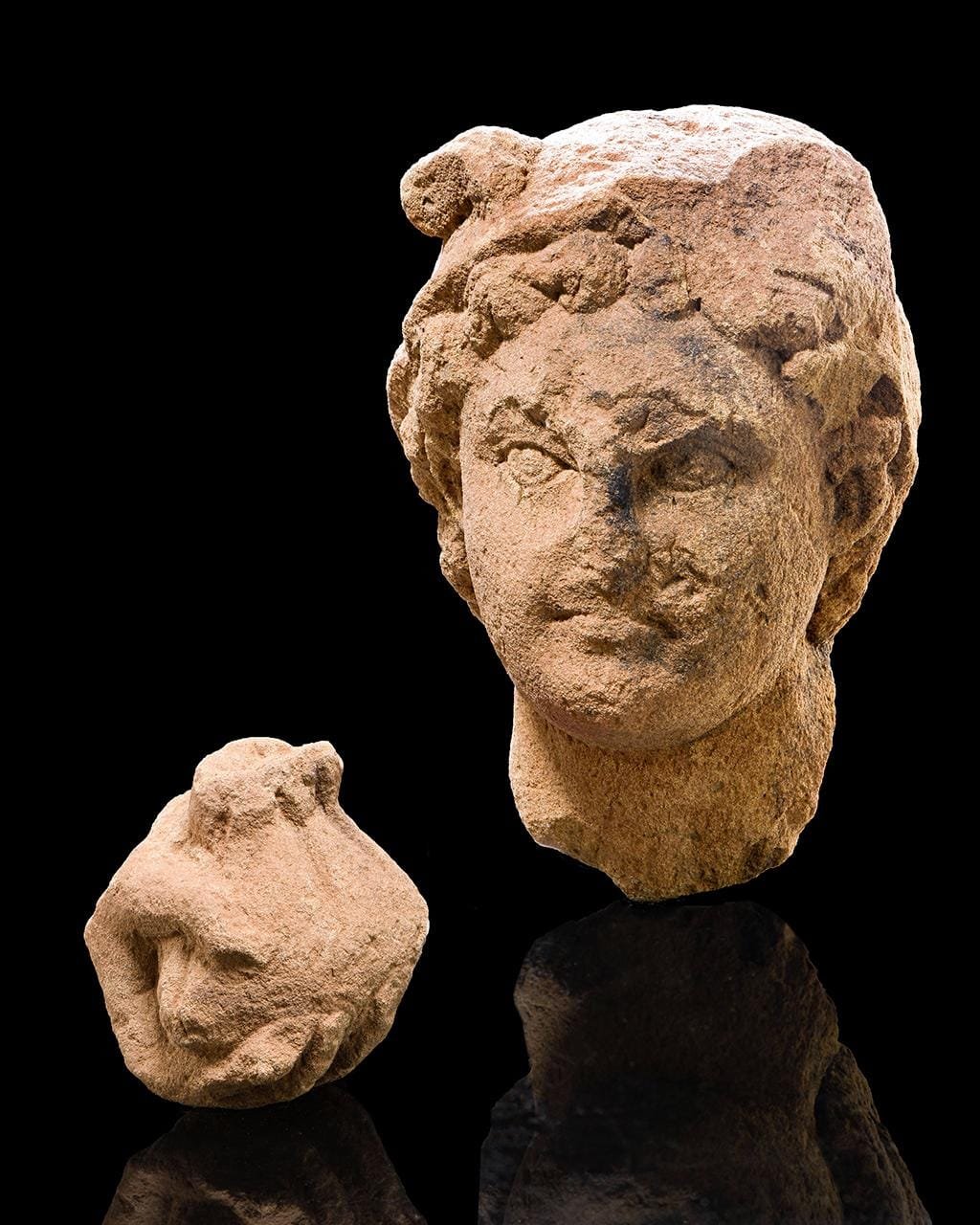
A standout finding was a 2.9-meter-wide stone structure identified as a temple dedicated to Mercury, the Roman god of commerce, travel, and communication. The ruins yielded pieces of vibrant wall paintings, two coins thought to be offerings, and parts of a sandstone statue. Sybil Harding from ArchaeoConnect GmbH said, “A nearly life-sized head of Mercury, identifiable by his winged helmet, and a hand holding a money pouch were among the recovered pieces.”
The temple’s location along the road shows its dual significance in military and civilian contexts. Harding said, “Building the fort line along the Neckar around 100 CE meant the army needed to develop infrastructure. After the Roman Empire’s border shifted to the Upper Germanic Limes, 20 kilometers to the east, in the mid-2nd century CE, these transport routes remained in use until the abandonment of the Limes in the 3rd century,”
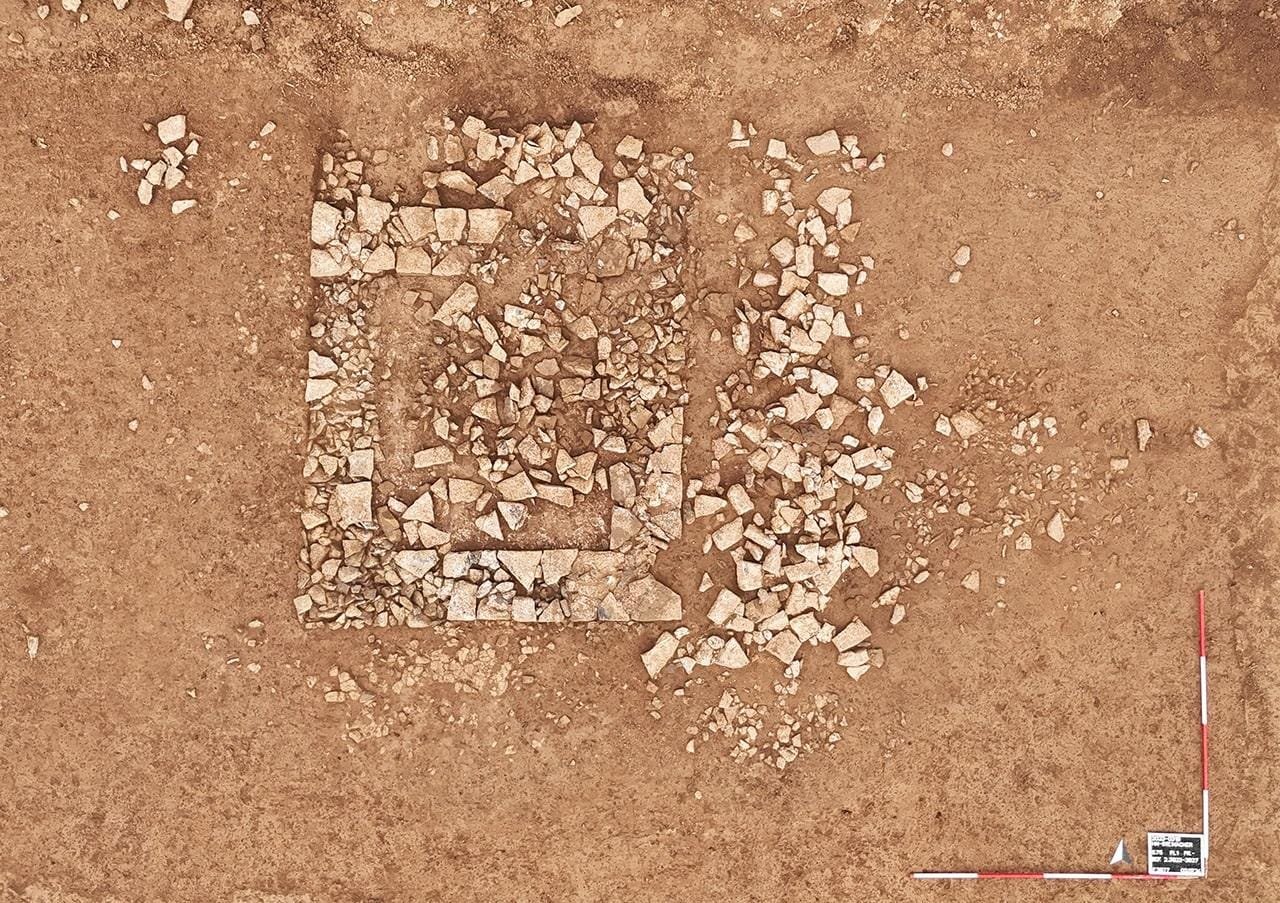
The vicus acted as a waypoint for travelers and a center for nearby commerce. “The number, type, and arrangement of the building remains, suggest a civilian settlement, not a villa,” said Neth. Excavators also found three isolated burials close to the road, with two containing Roman shoe nails. These burials don’t match typical cemetery practices, which adds more mystery to the site.
While archaeologists didn’t find signs of post-Roman settlement, they discovered four graves from the 4th and 5th centuries hinting at a late Roman settlement close by. The absence of fire damage in the basements suggests the settlement may have been evacuated deliberately.
The finds at Neckargartach represent a significant step forward in Roman archaeology.
More information: Baden-Württemberg Regierungspräsidium Stuttgart



